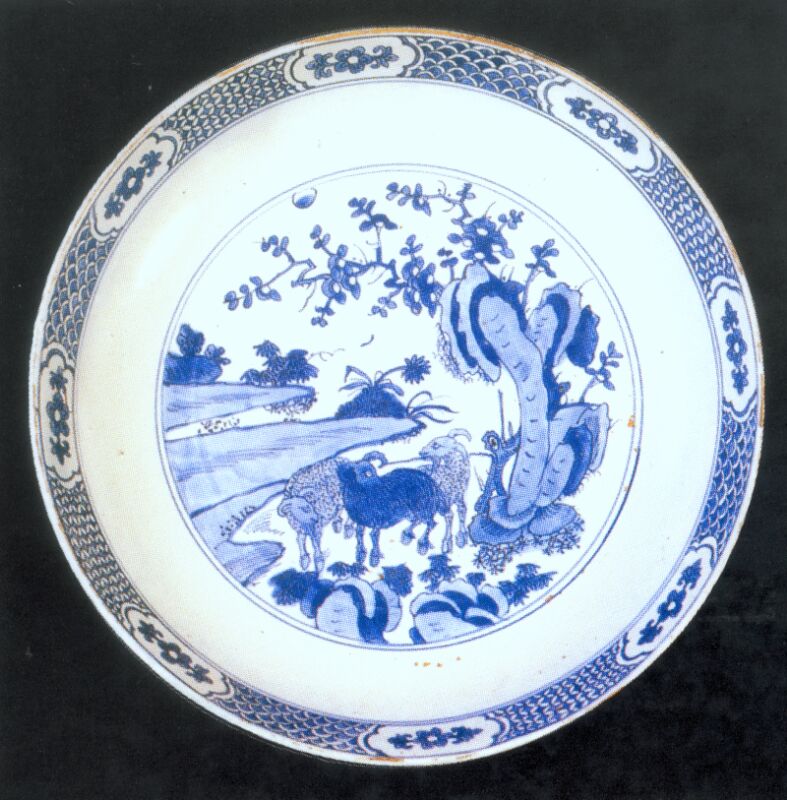Welcome to Pun Rebus Querying System
A very large part of traditional visual life in the late imperial China consists of images to be decoded by a culturally and linguistically specific mechanism – punning rebus.
The use of pun rebuses as a mechanism to convey a specific message (usually auspicious or edifying) through images is widespread in Chinese decorative arts.
A pun rebus is fundamentally designed to cue an underlying expression articulated through images which may be seemingly unrelated to the signified meaning.
The basic mechanism of pun rebuses operates through the interaction between imagery, morphology, and phonology. Generally speaking, the interpretation of pun rebuses is based on homophonous links between the words for the names of the images and / or for their interactions and the words for the concepts that partially or fully constitute the intended message.
The two essential parties in this phenomenon have no proper names before and in this study I would like to call them ‘the pun signifier’, for the half of the pun that derives from the presented image, and ‘the pun signified’, for the other half of the pun that expresses the intended message ... Read More

For example, Three ‘yang 羊’ for ‘goat’, ‘sheep’ or ‘ram’, makes a pun on ‘san yang kai tai 三阳开泰 the masculine force in the universe’. The saying is from Yi jing 易经 (The Book of Changes) and signifies that spring returns to the earth and everything under the sun looks fresh and will have a prosperous future.
|